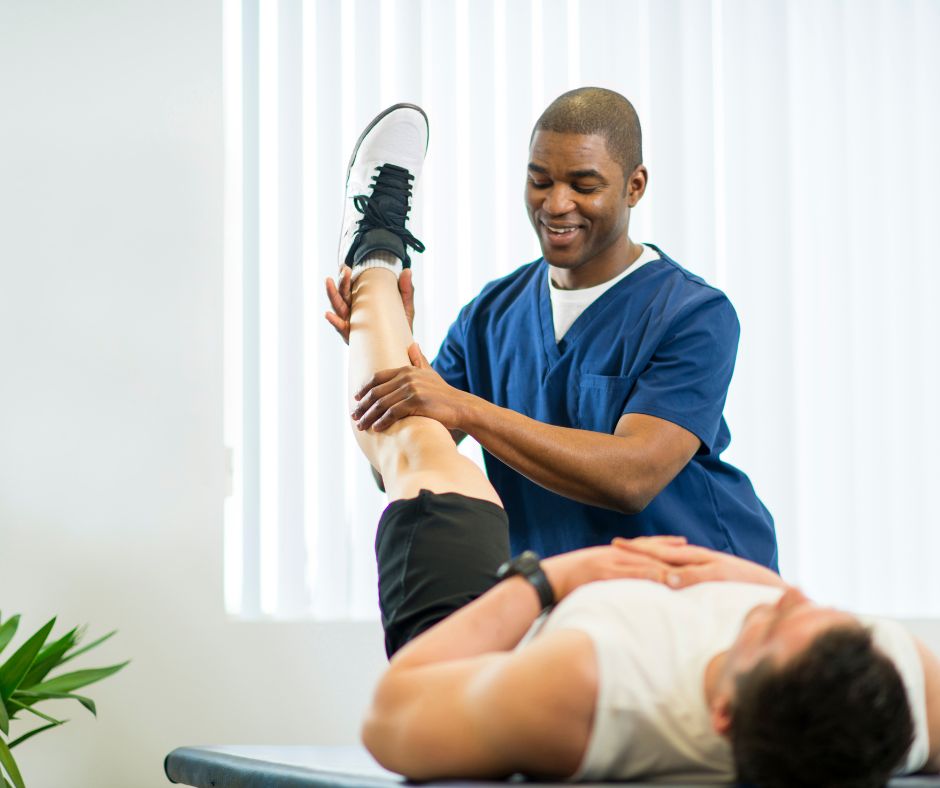The Essential Impact of Resistance Training on Improving Recovery and Performance in Athletic Rehabilitation
The Essential Impact of Resistance Training on Improving Recovery and Performance in Athletic Rehabilitation
Blog Article
Resistance training holds a crucial part in sports rehabilitation, assisting athletes heal from injuries and improve their general performance. When an individual gets hurt, their physique needs period to recover. However, during this recovery phase, it is essential to preserve strength and flexibility to prevent further damages. Strength conditioning can be tailored to suit the requirements of each athlete, concentrating on specific muscular groups that may have been affected by the injury. This focused approach not only assists in recovery but also readies the individual to return to their activity stronger than previously.
One of the primary benefits of resistance training in recovery is its ability to improve muscle power and endurance. When muscular tissues are stronger, they can more effectively support articulations and reduce the chance of re-injury. For instance, an athlete healing from a knee injury can gain from exercises that fortify the thigh muscles and hamstrings. These muscular tissues play a vital part in stabilizing the leg joint. By incorporating strength training into their recovery program, athletes can recover their strength more effectively and securely.
In addition to developing strength, resistance training also enhances flexibility and range of movement. Many injuries can result to stiffness in the affected region, causing it difficult for individuals to move easily. Strength training workouts often involve extending and elongating the muscles, which can assist restore flexibility. For example, incorporating weight bands or weights into flexibility routines can enhance the efficacy of these exercises. As mobility enhances, athletes can execute actions more efficiently, which is crucial for optimal performance in their sport.
Another important aspect of strength training in athletic recovery is its positive impact on mental well-being. Healing from an trauma can be a challenging and frustrating process for individuals. Engaging in strength conditioning can offer a sense of accomplishment and boost self-esteem. As individuals see improvements in their power and abilities, they may feel more driven to persist their rehabilitation journey. This next psychological uplift can be just as important as the physical advantages, as a optimistic mindset can lead to improved results in rehabilitation.
Finally, strength conditioning can assist athletes transition back to their activity more seamlessly. Once they have regained their strength and mobility, athletes need to rehearse activity-specific movements to ensure they are prepared for competition. Resistance training can be integrated with sport-specific drills to create a holistic recovery program. This blend allows individuals to not only recover but also improve their performance. By focusing on both rehabilitation and performance, strength conditioning becomes an essential tool in the recovery process, assisting athletes return to their activity stronger and more durable.